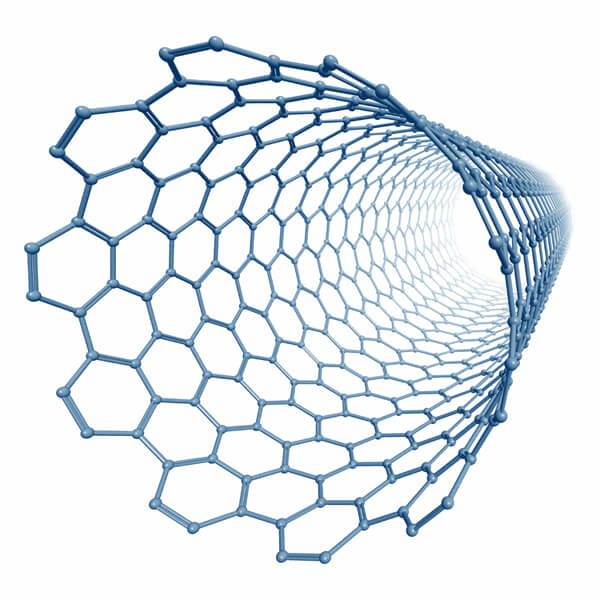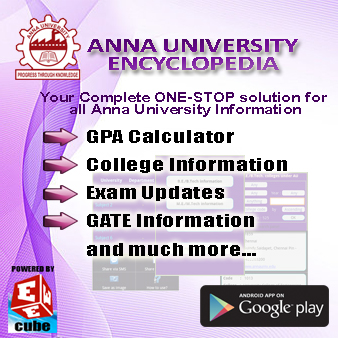 |
| Copyright (c) futuretimeline.net |
A new research makes possible lighter conductors that can carry larger currents. When carbon nanotubes are embedded in copper, the resulting new material's ampacity gets boosted to a massive 10,000 per cent, with an electrical conductivity comparable to copper's. Ampacity is the maximum amount of current a conductor can carry before losing its electrical properties. A large ampacity is vital to good performance but researchers worldwide focused more on boosting conductivity than ampacity. A material with higher ampacity and which is simultaneously conductive is required to withstand, handle and transport the increasing current densities of modern electronics. The new material, dubbed CNT-Cu (for carbon nanotubes-copper), consists of 45% CNTs by volume, and is less dense than a pure copper conductor by 42%. To produce it, the researchers electrodeposited copper into the pores of macroscopic CNT solids such as buckypaper. An advantage of the material is that it reduces the amount of copper required and provides 100 times high performance. Copper conductors are assailed by a mechanism called electromigration that suppress its ampacity. As electrons move inside the conductor, they are often scattered by atoms in their path. As the current density increases, scattering also increase until, at a threshold called the conductor's rating, the material can no longer conduct the electrons, resulting in electromigration. CNT-Cu achieves higher ampacity by suppressing electromigration that occurs in copper wires, where electrons are scattered off their path by copper atoms. This imposes a limit on the amount of charge the wire can carry without most electrons getting scattered called its rating. In case of CNT-Cu, the negatively charged particles are channeled to move through a continuous mesh-like network formed by the nanotubes, averting scattering. In this circumstances, the rating accommodates an ampacity of 600 MA/cm2. The ampacity of p to 1,200 MA/cm2 is theoretically possible. according to Dr.Subramaniam Chandramouli of the National Institute of Advanced Industrial Science and Technology (AIST), Japan. 'The Hindu'
|
|










No comments:
Post a Comment
Note: Only a member of this blog may post a comment.